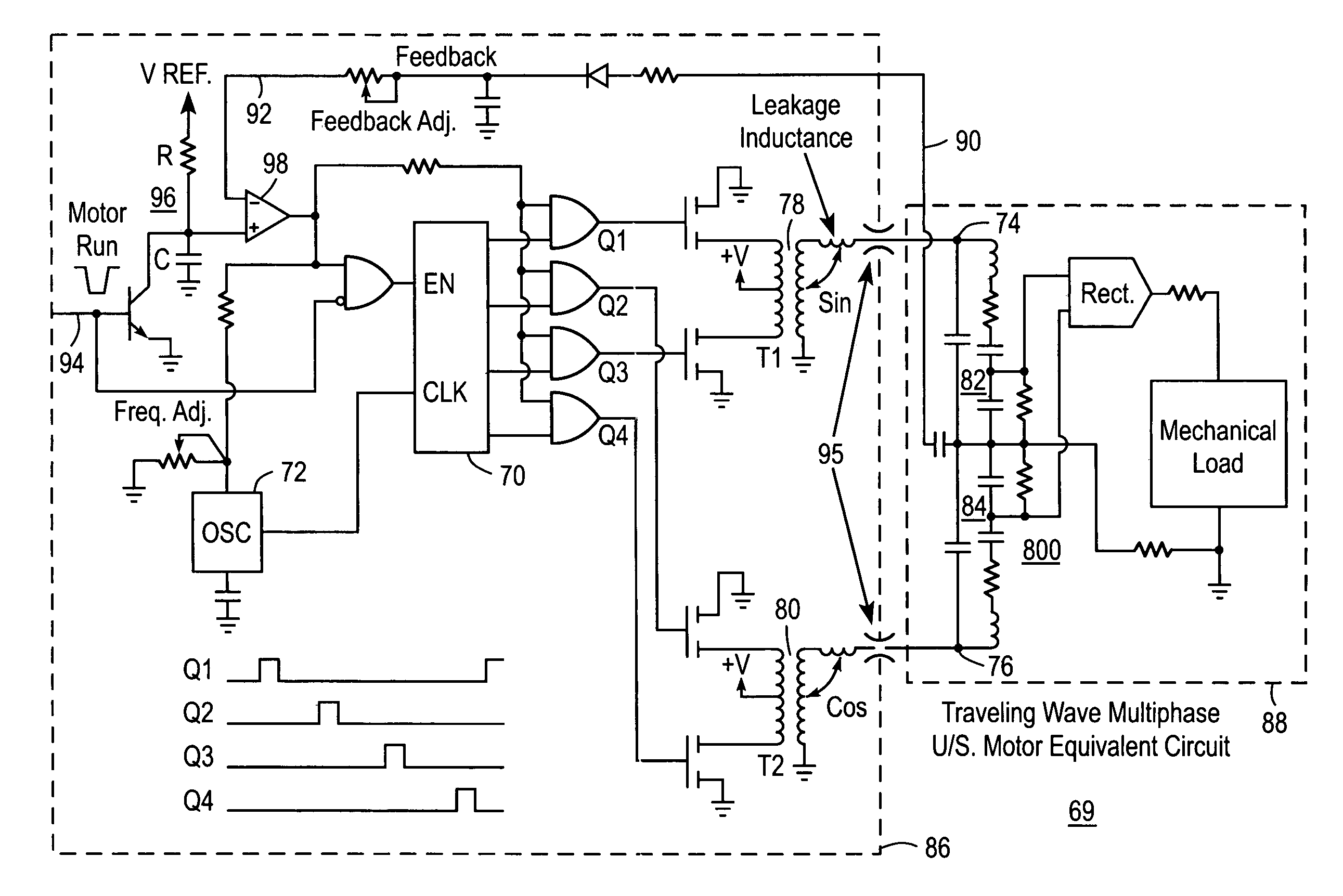Liquid infusion apparatus
a liquid infusion apparatus and liquid technology, applied in the direction of positive displacement liquid engine, motor/generator/converter stopper, etc., can solve the problem of not having a fully safe operation of the iv controller, the delivery rate and pressure of fluids are not always accurate, and the iv controller is not widely available. problems such as the inability to accurately control the pumping, the effect of reducing the rf emission and reducing the magnetic material
- Summary
- Abstract
- Description
- Claims
- Application Information
AI Technical Summary
Benefits of technology
Problems solved by technology
Method used
Image
Examples
Embodiment Construction
[0039]Pending application Ser. No. 10 / 964,333 entitled “Non-Magnetic Medical Infusion Device”, filed on Oct. 12, 2004 by R. Susi, and issued U.S. Pat. No. 7,267,661 entitled “Non-Magnetic Medical Infusion Device” filed on Jun. 17, 2002 by R. Susi are incorporated herein in their entireties by this reference thereto. Referring now to the plan view in FIG. 1 of an MRI system, the scanning room 9 is disposed within shielding boundary walls 11, with a control room 13 for operators or attendant personnel positioned outside the boundaries of the scanning room 9. The scanning room 9 includes the image acquisition equipment including a source 15 of intense magnetic field 16 that emanates from the source in substantially homogenous array throughout the adjacent space and around a patient 17. Various components of the system for performing the image acquisition operations, including gradient 19 and sensor 21 and RF coils 23 are disposed about the patient 17 for stimulating the nuclei ‘echos’ ...
PUM
 Login to View More
Login to View More Abstract
Description
Claims
Application Information
 Login to View More
Login to View More - R&D
- Intellectual Property
- Life Sciences
- Materials
- Tech Scout
- Unparalleled Data Quality
- Higher Quality Content
- 60% Fewer Hallucinations
Browse by: Latest US Patents, China's latest patents, Technical Efficacy Thesaurus, Application Domain, Technology Topic, Popular Technical Reports.
© 2025 PatSnap. All rights reserved.Legal|Privacy policy|Modern Slavery Act Transparency Statement|Sitemap|About US| Contact US: help@patsnap.com



